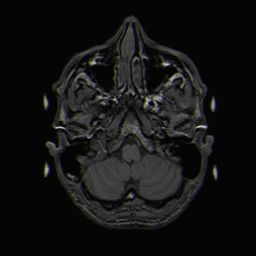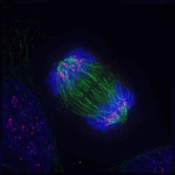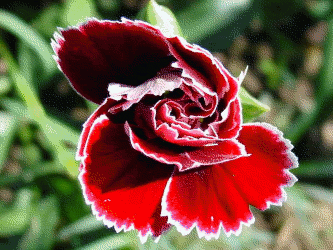Category:Welcome
Autism Spectrum DisordersCNP LEVEL: Syndrome
Click on the Images below to learn about research findings in ASD
 Neuroimaging
Neuroimaging
 Genetics
Genetics
![]() Causes
Causes
 Treatment
Treatment
Basic Characteristics
- Description
Autism Spectrum Disorders is a clinical description of the developmental disorders which are characterized by impaired language development, social development, and learning. According to NIMH estimates, 3.4 out of every 1000 children between 3-10 years of age have one of the disorders in the spectrum.
They include:
Children with ASD have extremely delayed development. Symptoms of this disorder usually start to appear between 12 to 36 months and consist of not reaching normal development benchmarks such as babbling by 12 months, speaking by 16 months, or a gradual loss of language or social skills. All children with ASD show deficits in social interactions, verbal and nonverbal communication. They may also show repetitive behaviors and interests, or aggressive behavior.
Three common patterns seen in the emergence of autistic symptoms are 1) early manifestation of symptoms, 2) almost normal development, then sudden loss of previously attained social, communicative, or motor skills, or 3) mild delays until approximately 2 years of age, followed by a developmental halt. Children with ASD who show early manifestation of symptoms do not necessarily have a worse outcome of the three subsets. Those who follow a pattern of regression appear to exhibit less autistic symptoms prior to onset of regression and worse outcomes afterward as compared to the children who follow the other two patterns of development. 15
Those with ASD have identifiable core deficits recognized by scientists and clinicians.
- Core Deficit of Joint Attention
- Core Deficit of Social Communication
- Repetitive Behavior
Some also argue that those with ASD also have deficits in Visual Perception. Very young children also show a deficit in symbolic play. Many researchers also believe that early atypical attentional modulation contributes in the development of later socio-communicative deficits.16
Although all children with ASD show similar deficits, the depth of these deficits can range drastically. Some have very mild deficits like in Asperger's Syndrome, where children have high levels of vocabulary and language skills. Others may have little to no spoken language functionality. Additionally, there are many syndromes and behaviors that display a high comorbidity with ASD, including:
- Tantrums and Aggressive Behavior
- Epilepsy
- Sleep Disorders
- Attention Deficit Hyperactivity Disorder
- Macrocephaly
- Anxiety
Some studies also show evidence of increased serum levels of inflammation and possible immune dysfunction in some children with ASD.12,13,14 Autism Speaks Video Glossary has videos which show the wide range of symptoms and behaviors in children affected by ASD. Signs can be subtle or easy to miss for those with little experience with ASD.
- History
Prior to the 1970's, many people thought Autism Spectrum Disorders were a result of psychological causes, such as having an aloof mothering style. However, during the 1980's people began to note that chromosomal disorders and rare syndromes often co-occurred with ASD. As a result, people began to suspect that ASD could have genetic underpinnings. These suspicions were confirmed when, after the development of the ADI-R and ADOS as diagnostic tools and other technical advances, the first candidate gene association and resequencing studies, followed by whole-genome linking studies were done in the late 1990's. These studies were used to identify loci of potential interest.
External Resources
- Links out:
- Google: Autism Spectrum Disorder
- Wikipedia: Autism Spectrum
- PubMed: Autism Spectrum Disorders
- -ucla cognitive atlas- (coming soon!)
- Database links
Subcategories
This category has the following 4 subcategories, out of 4 total.